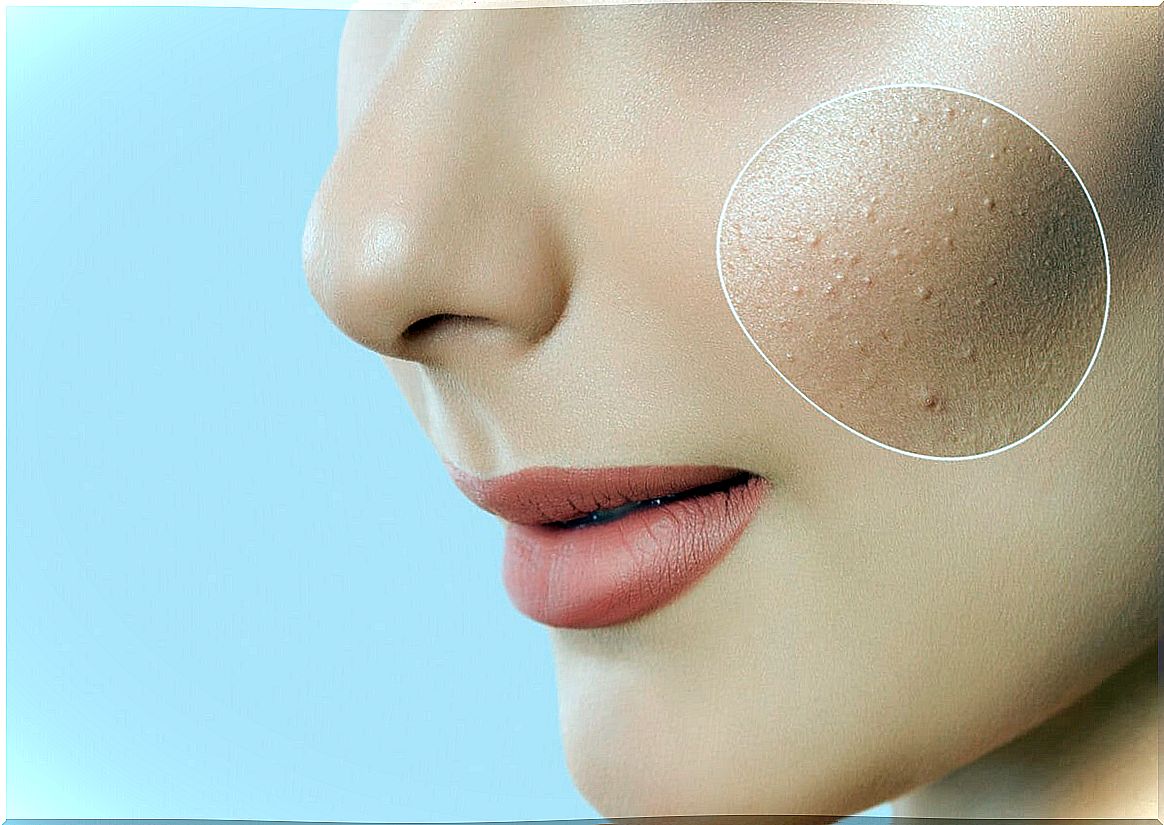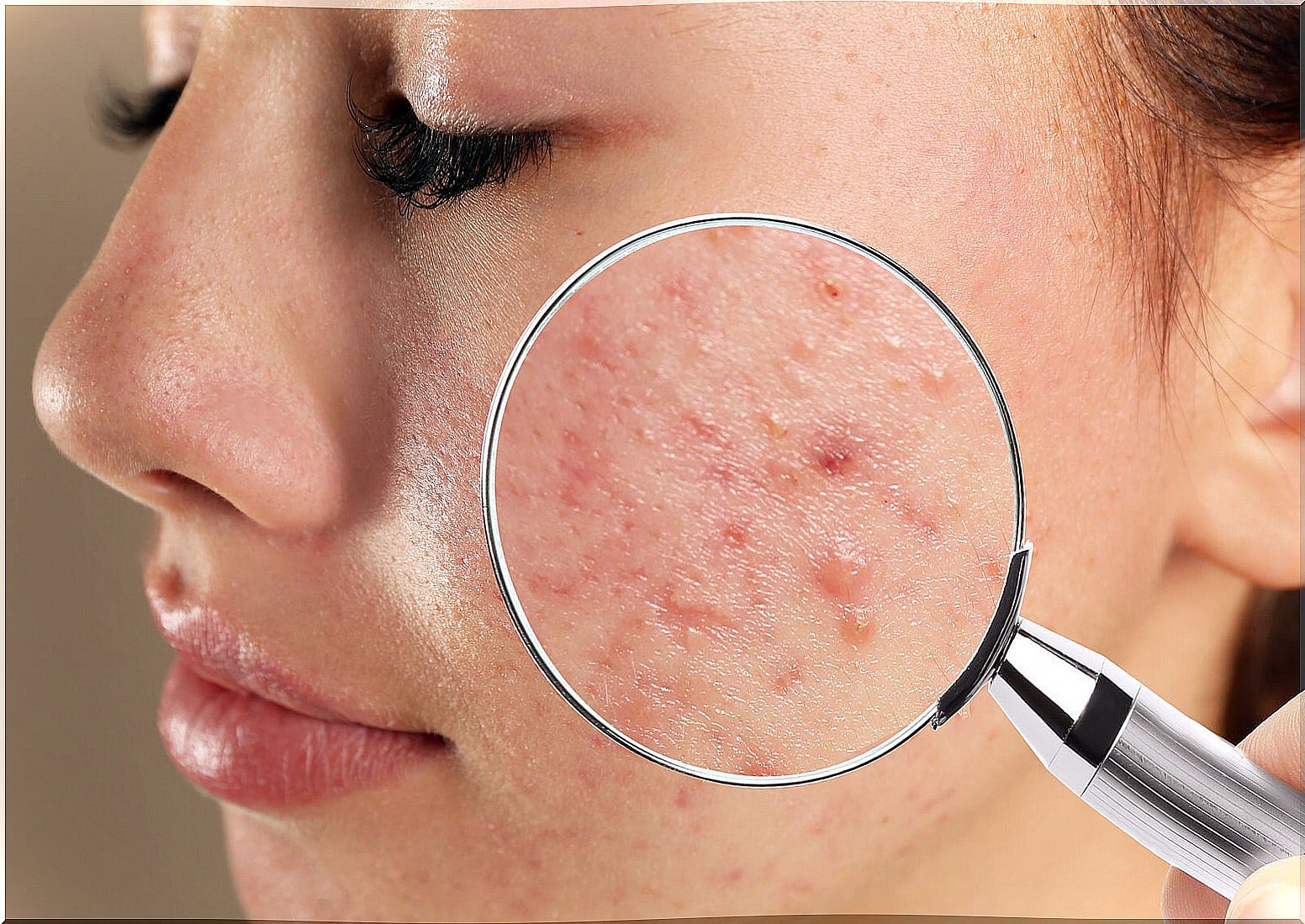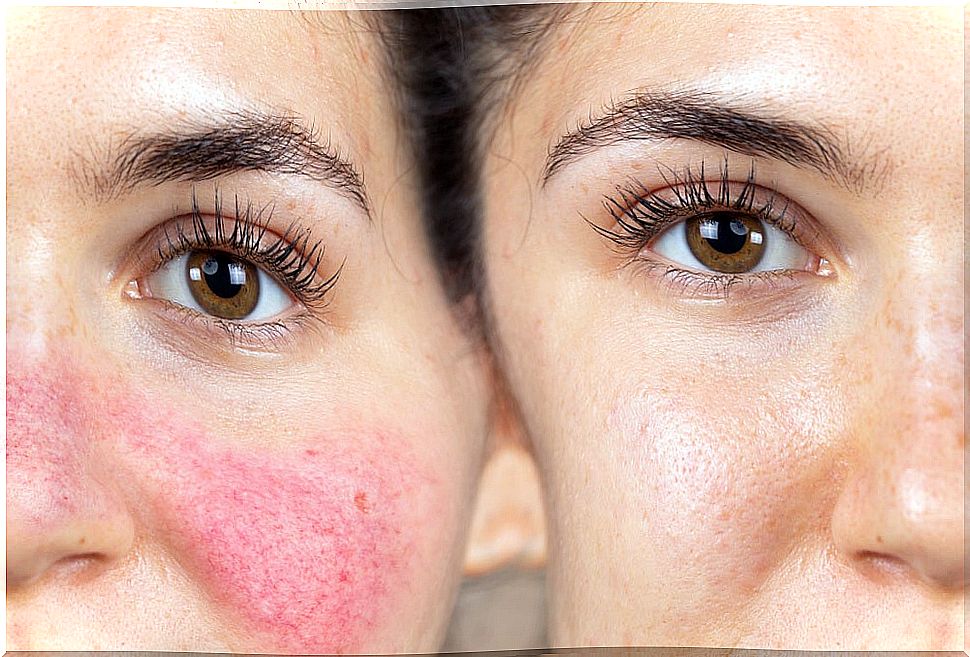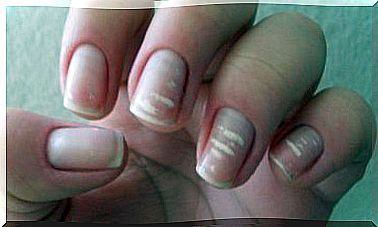Azelaic Acid Benefits For The Skin
Azelaic acid is highly effective in treating mild to moderate acne. It is also used for other skin conditions such as rosacea, hyperpigmentation, and skin sensitivity.

Azelaic acid is a naturally occurring substance that is present in some cereals such as wheat, rye or barley. It has medicinal properties that make it effective for treating different skin problems.
This compound is available in commercial products in gel, foam, and cream forms. Azelaic acid is generally used to treat acne, but it is not usually the first choice for a dermatologist.
Properties and benefits of azelaic acid

Essentially, azelaic acid has anti-inflammatory and antibacterial properties. This makes it effective in clearing pores of acne-causing bacteria and also fighting other problems such as rosacea or sensitive skin. The following are the main properties of azelaic acid.
Anti-inflammatory
Azelaic acid has the property of eliminating free radicals and slowing down or reducing inflammatory cascades; the latter are processes that occur every day in cells. As a result, this compound reduces inflammation of the skin and reduces the effects caused by exposure to the sun.
Antibacterial
Another of the most important properties of this substance is its bactericidal effect. Prevents the proliferation of microorganisms that cause skin infections such as comedones or acne. It is broad spectrum; that is, it attacks different types of bacteria and, unlike antibiotics, it does not cause resistance in these germs.
Keratolytic
In the superficial layer of the skin, or epidermis, there is keratin and this is made up of cells called keratinocytes. When they build up, they form corns and can lead to warts or corns. Azelaic acid helps to thin those areas with a lot of keratin, which, in turn, reduces clogged pores.
Depigmenting
The pigment that gives the skin its color is called melanin, and due to the action of an enzyme called tyrosinase, it can cause blemishes. Azelaic acid inhibits the action of this enzyme. In addition, unlike other products, it has a selective action, that is, it only works on hyperpigmented areas and not on normal ones.
Antiseborrheic
This is one of the most valued properties of azelaic acid. Its action reduces the natural production of sebum, which prevents the accumulation of oil in the pores and prevents or corrects the appearance of acne. The best thing is that it does not cause problems for people with sensitive skin.
Uses of azelaic acid
Azelaic acid is mainly used to treat active breakouts and / or scars caused by this problem. It helps fight bacteria, reduces the keratinization present in blackheads or comedones and reduces the spots that remain as a consequence of acne.
This compound is indicated for mild or moderate acne cases. In any case, it would not be advisable for severe cases. This acid is also often incorporated as part of the treatment of other conditions:
- Rosacea. It can reduce inflammation and visibility of blood vessels.
- Hyperpigmentation of the skin. Any inflammatory lesion on the skin leaves a more or less visible spot, dark in color. Azelaic acid helps reduce it.
- Melasma. They are brown spots that appear on the skin. The acid, or products based on it, help to depigment these areas and lighten the skin naturally.
How should it be used?
Azelaic acid comes in the form of a cream, gel, or foam. Instructions for use are printed on the product. It is usually applied twice a day: once in the morning and once in the evening. It is advisable to always do it at the same time to enhance its effect.
The instructions on the label must be followed to the letter, especially when it comes to quantities. The product should not come into contact with the eyes or the mouth. If this happens, remove it with plenty of water. The most advisable thing is to follow these steps:
- Before applying the product, wash the skin well and dry gently with a towel.
- If it comes in foam, the bottle must be shaken vigorously before use.
- Apply a thin layer to the affected area and massage gently.
- If the product comes in a foam, it is recommended to apply it all over the face and massage carefully.
- Wash your hands well after applying the medicine.
- Once it has been absorbed, it is possible to put makeup on top.
Side effects

In some people, azelaic acid can cause some side effects. The most common are a burning or tingling sensation, peeling, redness or irritation in the area where the product was applied.
There are cases in which other not so common effects appear such as:
- Blisters
- Inflammation.
- Pain or tightness in the joints.
- Hives.
- Fever.
- Difficulty breathing.
If any of these side effects occur, it is appropriate to immediately discontinue use of the product and consult your doctor.
Contraindications of azelaic acid
The use of azelaic acid is not recommended in children under 12 years of age. As already noted, contact of this product with the eyes, mouth or other mucous membranes should be avoided. Any allergic reaction implies a contraindication to its use.
Although no adverse effects have been reported in pregnant women, it is best to exercise extreme caution when using this product in that state. Also, newborns should not come into contact with areas of the skin that have been treated with azelaic acid.








